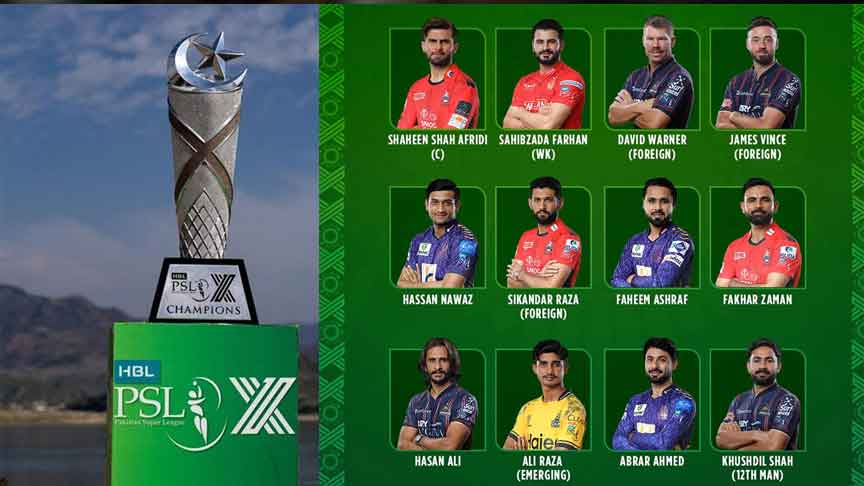
Notably, the solar eclipse scheduled to take place on April 8, will be visible only in parts of North America and Europe. It would not be visible in India and Asia.
Responding to a query about using a smartphone camera to capture the eclipse, NASA posted on X saying, “We asked our @NASAHQPhoto team, and the answer is yes, the phone sensor could be damaged just like any other image sensor if it’s pointed directly at the Sun. This is especially true if you’re using any sort of magnifying lens attachment on the phone. You would need to utilize the proper filters just like on any other camera.The best practice would be to hold a pair of eclipse glasses in front of your phone’s lenses when photographing the Sun at any point other than totality.”
Additionally, NASA has also shared tips using which you can capture the solar eclipse without harming your smartphone camera.
–Safety comes first when viewing a solar eclipse. Always use special solar filters to protect your eyes and camera when the Sun is partially covered. Remove the filter during totality to see the Sun's outer atmosphere.
–You don't need an expensive camera to take great eclipse photos. The photographer's skill matters more. Use a tripod to avoid shaky images and consider using a delayed shutter release timer. Focus on capturing the changing environment if you don't have a telephoto zoom lens.
–Look around you during the eclipse, not just at the Sun. The landscape will be lit strangely, and you can capture unique images of shadows and light filtering through trees.
--Practice using your camera before eclipse day. Adjust exposure settings to handle the tricky lighting conditions. Test different shutter speeds and apertures to find the best settings for capturing the eclipse.
–Share your eclipse photos with others on social media. Tag @NASA to connect your photos with others taken around the country. And don't forget to enjoy the eclipse with your own eyes, but always wear solar viewing glasses for safety.


